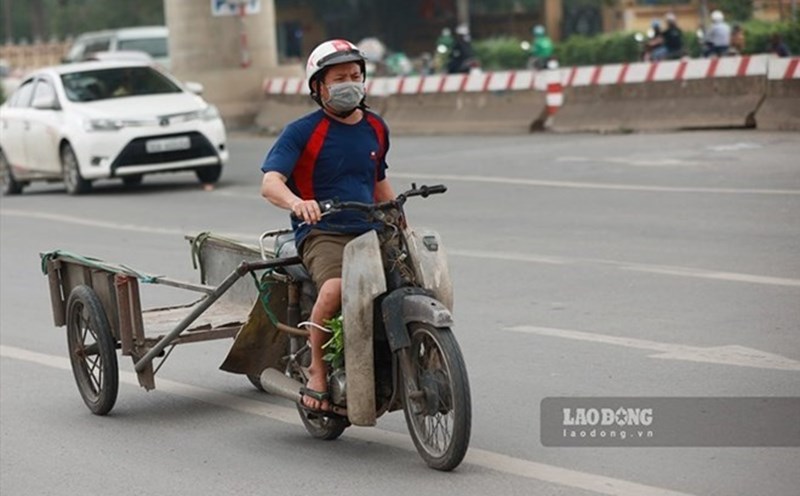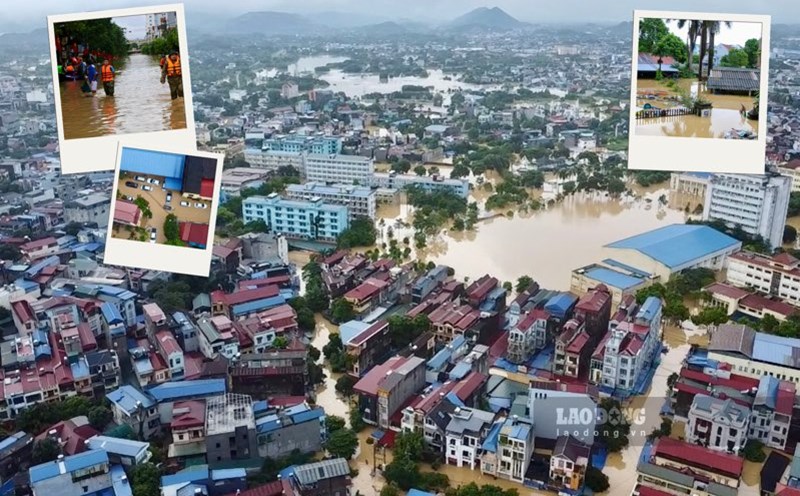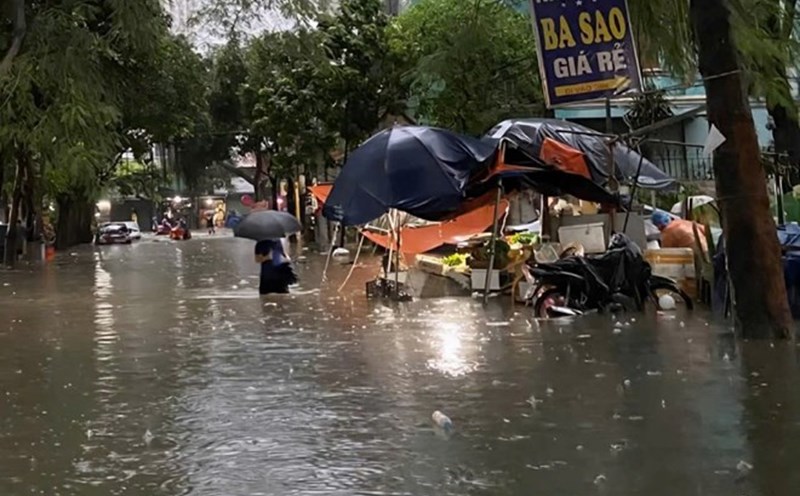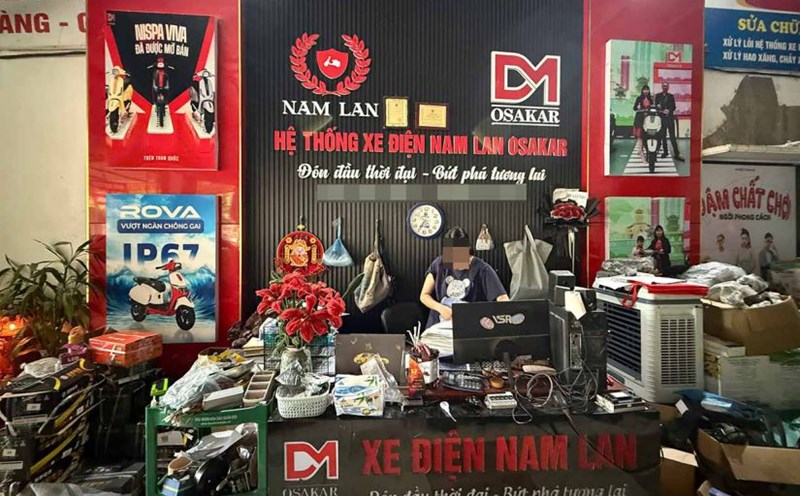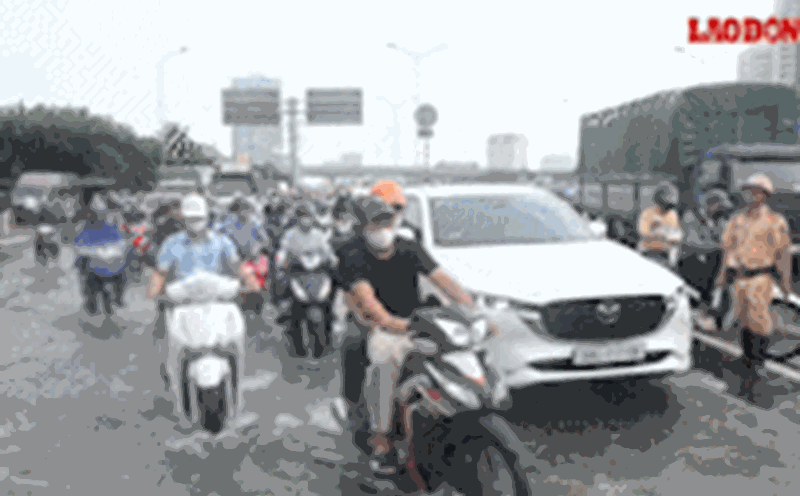The first two areas expected to apply low emission zones
On October 7, the Ho Chi Minh City Department of Construction held a workshop to report the results of the study "Low Emission Zone - LEZ); Conversion implementation roadmap and policies to support means of transport", under the Project on controlling emissions of means of transport in the city.
According to the proposal, the low-emission zone will be formed in the central area of Ho Chi Minh City - limited by 15 bridges and 20 main roads and the Rung Sac route area (Can Gio).
From 2026, Ho Chi Minh City will limit the operation of technology vehicles and transport vehicles using fuel and oil that do not meet emission standards in the central area; pilot the control of vehicles below emission standards on the Rung Sac route (from Binh Khanh ferry to Duyen Hai road). In the period of 2027 - 2030, the city will conduct a large-scale inspection of motorbike emissions, moving towards limiting the circulation of cars below Level 4 emission standards and motorbikes and mopeds below Level 2 standards in the central area. At the same time, the low-emission zone will expand to Binh Khanh, An Thoi Dong, Can Gio and Thanh An communes. By 2031, it is expected to expand to Ring Road 1, including Pham Van Dong - Nguyen Thai Son roundabout - Bay Hien - Huong Lo 2 intersection - Nguyen Van Linh routes. From 2032, the city will raise emission standards applicable to all vehicles in this area.
Building 750 - 1,338 charging stations
To make the policy feasible, the consulting unit proposed a multi-layered financial support package for people and businesses. For households, the support level includes: 10% subsidy (maximum 5 million VND) for regular households; 80% for near-poor households (maximum 16 million VND); 100% for poor households (maximum 20 million VND). In addition, people will receive a 50% discount on registration fees, license plates and loan interest support when buying electric motorbikes.
For transport business enterprises, preferential policies include: 100% exemption from registration fees; 50% reduction in road maintenance fees and license plate issuance fees; support 50% of vehicle investment loan interest rates in the first year, according to the average interest rate of the bank.
For electric bus businesses, they will be able to borrow up to 85% of their investment costs and enjoy 7-year interest rate incentives to encourage early conversion.
Ho Chi Minh City will also invest in infrastructure to serve green transportation. In the period of 2025 - 2030, the city plans to: Open 72 new bus routes with more than 1,100 electric buses; invest in at least 8,000 public bicycles; develop a green corridor with priority for pedestrians and bicycles; build 750 - 1,338 charging stations at parking lots, shopping malls and main traffic routes.
Businesses and people need to accompany
At the conference, the Vietnam Automobile Manufacturers Association proposed to postpone the technology car conversion time by 6 months, due to limited charging station infrastructure and financial capacity of the people.
Grab representative also said that the project is comprehensive but needs a separate support policy for low-income technology motorbike taxi drivers, avoiding livelihood impacts when the policy is applied from the beginning of 2026.
Deputy Director of the Ho Chi Minh City Department of Construction Bui Hoa An said that after Ho Chi Minh City merged with Binh Duong and Ba Ria - Vung Tau, the population has exceeded 14 million people, with more than 13 million vehicles, not including temporary vehicles. Road traffic activities currently account for 88% of fine dust, causing economic losses of more than VND3,000 billion per year.
According to Mr. An, with the roadmap to 2029, businesses have enough time and conditions to transform. The city will support loans, interest rate incentives and have credit sources to help businesses be more proactive in the process of changing vehicles.
This policy has not applied compulsory measures, but has only stopped at the conversion incentive level. Any vehicle that meets emission standards will still be able to circulate normally" - Mr. An emphasized.
The city is urgently issuing specific instructions on charging at private houses and apartments for people to feel secure in using.
"In the next 3 months, the charging station system for electric buses and electric cars will be strongly deployed. Ho Chi Minh City will also plan charging points that meet technical standards, fire safety and fighting at bus stations, parking lots, residential areas and apartments" - Mr. An said.



